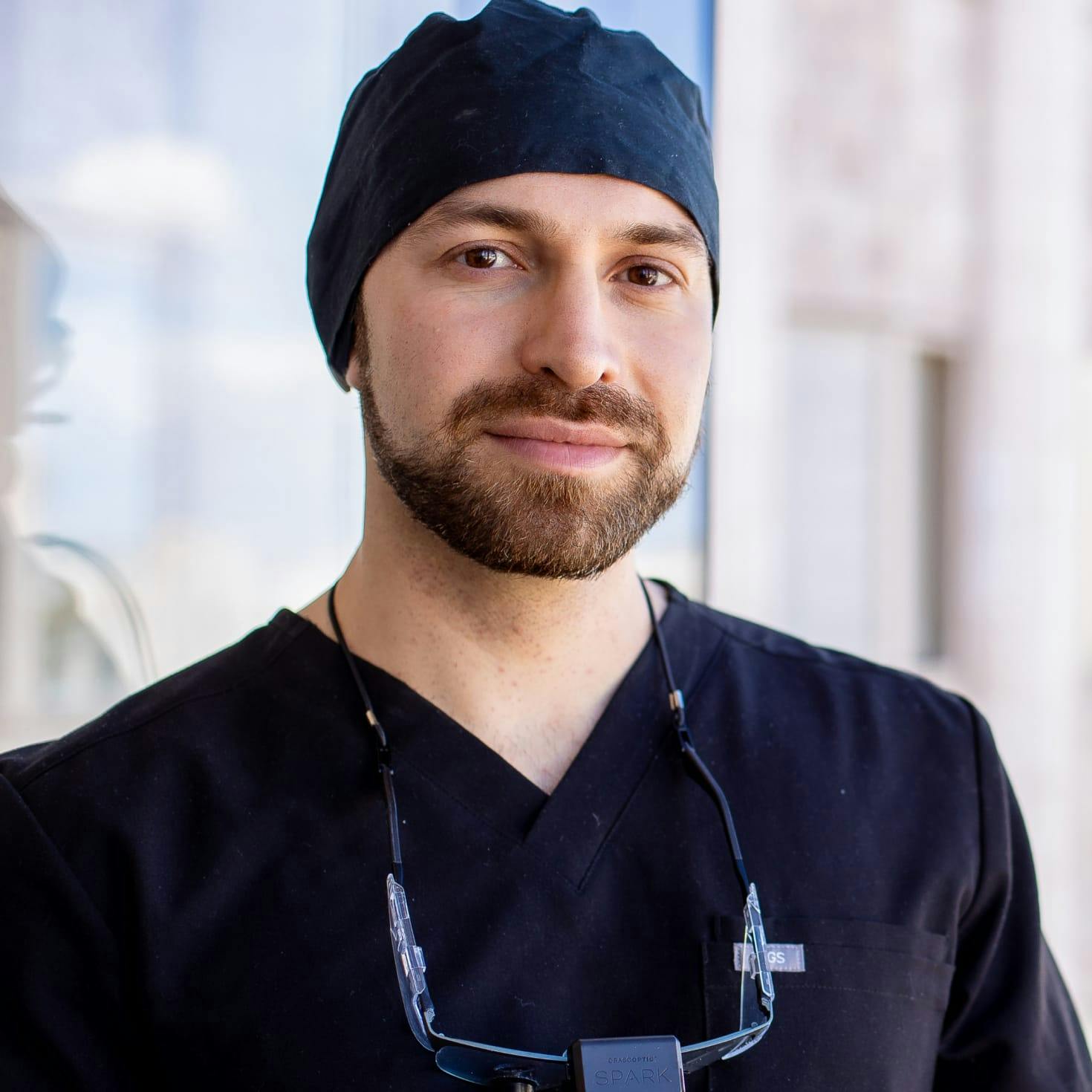Gum regeneration is a periodontal treatment designed to restore gum tissue and reverse the effects of gum disease.
What Is Gum Regeneration Treatment?
Gum regeneration treatment is a dental procedure aimed at restoring the health of your gums and supporting structures of your teeth when they have been damaged by periodontal disease. This condition, commonly known as gum disease, can lead to the deterioration of the gums, bone, and other structures that keep your teeth in place. The goal of this treatment is to encourage natural regrowth of the bone and tissue that support your teeth.
Techniques typically used for gum regeneration include the following:
- Bone Grafts: Bone from another source is used to replace the lost bone.
- Guided Tissue Regeneration: A small piece of mesh-like fabric is inserted between the bone and gum tissue in order to separate them, allowing the bone and connective tissue to regrow.
- Tissue-Stimulating Proteins: A gel containing proteins that naturally occur in your body’s tooth enamel is applied to the diseased tooth root to stimulate healthy tissue growth.
Your periodontist will evaluate your individual case and recommend the appropriate method. The success of gum regeneration depends on several factors, including the severity of bone and tissue loss and your adherence to good oral hygiene practices post-treatment.












